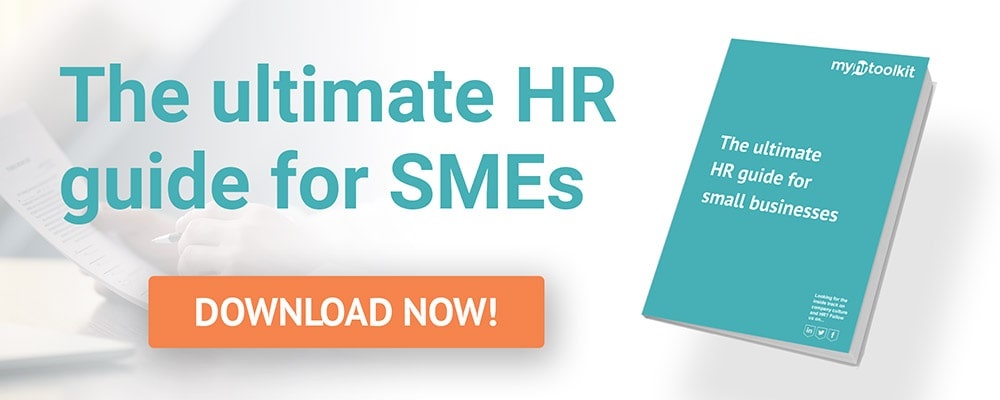The growth of human resource management was born out of economic necessity: in the 1950s US, the number of people in business plummeted as men who would have gone into business fought in the war instead. This left businesses in a precarious position and resulted in an urgent need to hire enough employees to ensure sustained business growth.
HR as a professional practice has continued to evolve over the years in line with changes to the economy: when the economy is weak, businesses have typically neglected investing in HR because employees are desperate to secure and stay in employment, meaning that HR activities such as recruitment and retention become less needed. When the economy is strong, however, employees have more power in choosing where and who to work for, so HR becomes more necessary for businesses who are looking to stay competitive.
As the economy continues to change, the consensus on HR’s place amongst owners and managers of businesses will invariably continue to change as well. In recent years, HR professionals have begun to differentiate between traditional and strategic HR.
As businesses continue to compete for limited market shares, the emphasis is more than ever on agility, speed, and innovation - all of which become compromised in the absence of dynamic and robust HR practices. This has given rise to the use of strategic HR practices.
Traditional HR activities

What, then, is traditional HR? Traditional HR deals with core HR tasks such as overseeing administrative tasks related to recruitment and firing and administering company policies. It covers the basic activities that businesses require if they are to continue to grow and remain legally compliant.
Strategic HR
Strategic HR aligns with business strategy. As opposed to traditional HR, which focuses on a set of unchanging, universal HR procedures, strategic HR activities are more reactive and will vary from business to business. Another difference between traditional and strategic HR is that strategic HR is forward-looking: it might consider what type of employees it is likely to need in the future in order to give competitive advantage and then put in place plans for the recruitment and training of these new hires, for example. Or it might utilise HR data in reallocating team resources for better productivity.
Learn more: How utilising HR data can maximise productivity
The future of HR

From its beginnings with the rise of mass industrialisation in the latter part of the nineteenth century, to its expansion and evolution throughout the twentieth century, HR is set to remain an essential arm of business operations in the twenty-first century.
In the future, the need for businesses to carry out core, traditional HR tasks such as issuing employee contracts, managing holidays, and tracking sickness absences will remain at the centre of HR. Perhaps the biggest changes will come from technology: as traditional HR tasks are automated by HR software, HR professionals will have more time to refocus on the tasks that gave rise to its establishment in the first place – meeting the changing needs of businesses and employees.
Are you looking to make HR work more effectively for your small business? Download our Ultimate HR Guide for SMEs, written by a CIPD qualified HR professional:
Read more from the myhrtoolkit blog
Business strategy vs tactics: how HR impacts top-level decision making
Written by Kate Taylor
Kate is a Content Marketing Executive for myhrtoolkit. She is interested in SaaS platforms, automation tools for making HR easier, and strategies for keeping employees engaged.


 Holiday Planner
Holiday Planner Absence Management
Absence Management Performance Management
Performance Management Staff Management
Staff Management Document Management
Document Management Reporting
Reporting Health and Safety Management
Health and Safety Management Task Management
Task Management Security Centre
Security Centre Self Service
Self Service Mobile
Mobile





